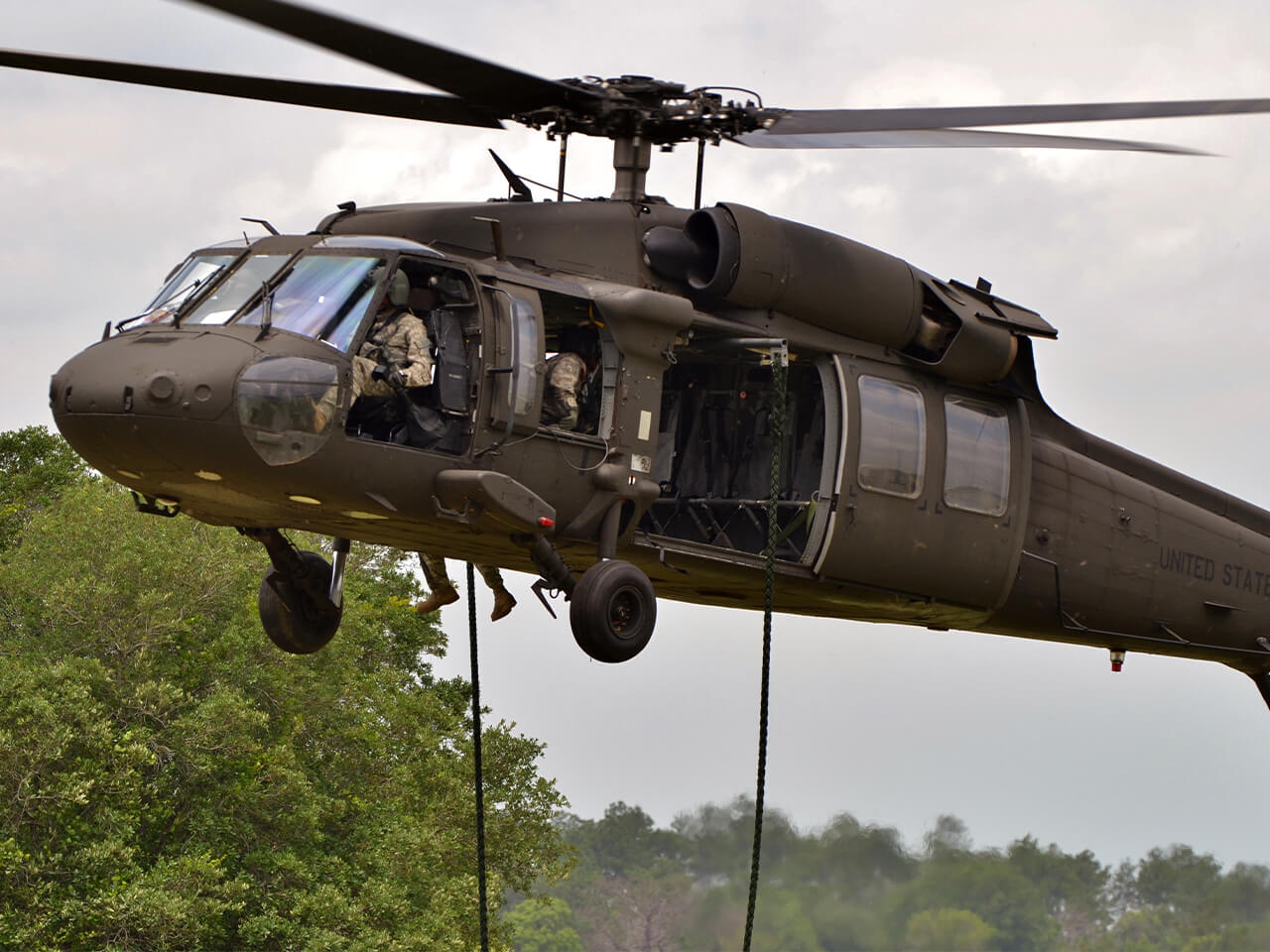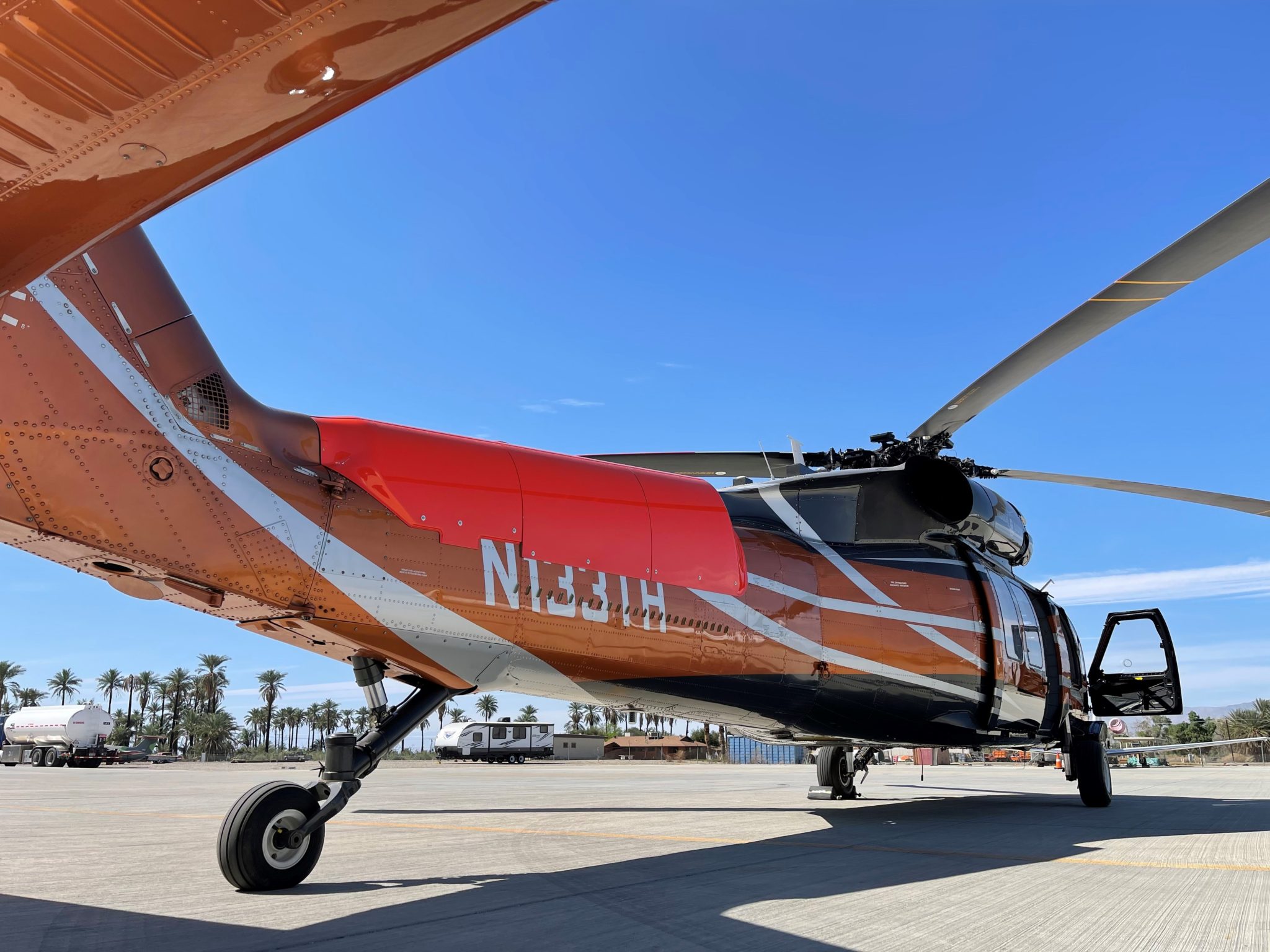How the UH 60 Revolutionized Tactical Air Mobility and Combat Support
How the UH 60 Revolutionized Tactical Air Mobility and Combat Support
Blog Article
Discovering the Background and Advancement of the UH 60 Helicopter

Beginnings of the UH-60
The origins of the UH-60 helicopter can be traced back to the late 1960s, a period marked by the need for a versatile energy aircraft that could adapt to the evolving demands of modern warfare. The united state Military acknowledged the need for a substitute for the older UH-1 Iroquois, which was becoming significantly insufficient for the intricacies of contemporary combat scenarios. In 1967, the Military initiated the Energy Tactical Transport Aircraft System (UTTAS) program, which looked for to create a multi-role helicopter efficient in numerous objectives, including troop transportation, clinical discharge, and logistical assistance.
The style competitors brought in numerous aerospace makers, yet it was Sikorsky Airplane Company that ultimately protected the contract in 1972. The UH-60 Black Hawk was presented, showcasing innovative layout elements and progressed innovation that set it in addition to its predecessors. Its maiden trip took place in 1974, and the airplane was formally adopted by the Army in 1979. The UH-60 rapidly gained acknowledgment for its robust efficiency, integrity, and flexibility, leading the means for its extensive usage in military operations and solidifying its condition as a keystone of united state Military aviation.
Secret Style Functions
Ingenious design attributes of the UH-60 Black Hawk substantially add to its operational efficiency. One of one of the most significant facets is its twin-engine configuration, which enhances integrity and provides a greater power-to-weight proportion, enabling the helicopter to perform under different conditions. The airplane's four-blade main blades system provides boosted lift and ability to move, necessary for tactical missions.

Furthermore, the cabin is created for ideal visibility and comfort designs, featuring advanced avionics that improve pilot procedures. The modular style of the UH-60 permits easy maintenance and adaptability, making it ideal for different goal accounts, from troop transport to medevac procedures. These crucial design features ensure that the UH-60 Black Hawk stays a reliable and versatile asset in armed forces aviation, efficient in meeting the demands of modern war.
Technological Innovations
Current technological advancements in the UH-60 Black Hawk have actually considerably improved its functional capabilities and convenience. The combination of innovative avionics, such as digital flight control systems and boosted situational recognition displays, enables pilots to run with enhanced accuracy and performance. These systems promote boosted navigation, interaction, and data sharing, allowing the helicopter to operate successfully in diverse environments.
Additionally, the introduction of composite products has actually lowered the overall weight of the airplane while keeping architectural stability. This decrease enhances gas performance and prolongs operational array. The consolidation of sophisticated rotor technology, including the usage of four-blade, completely articulated blades systems, has enhanced lift efficiency and maneuverability, permitting for far better handling in various flight conditions.

Additionally, improvements in propulsion this content systems, such as the T700-GE-701D engines, have actually increased power result and dependability - uh 60. These engines contribute to premium performance in high-altitude and hot-weather conditions
Lastly, the assimilation of self-defense systems and enhanced sensing unit bundles enhances the Black Hawk's survivability and objective performance. Collectively, these technological improvements make certain that the UH-60 Black Hawk continues to be an important asset in modern-day aeronautics, efficient in adjusting to the developing needs of humanitarian and armed forces missions.
Function in Military Procedures
As the backbone of U.S. Military air travel, the UH-60 helicopter plays a vital function in various armed forces operations, offering as a functional system for fight assistance, transportation, and medevac missions - uh 60. Its design includes the capability to operate in diverse environments, making it necessary for army motion and logistical support in both standard and non-traditional warfare

In clinical evacuation situations, the UH-60 has actually verified invaluable, substantially decreasing the time to move damaged soldiers from the battlefield to medical facilities. Its advanced avionics and evening vision capacities even more guarantee objective success under tough problems. On the whole, the UH-60 helicopter stays a vital asset, continually adapting to satisfy the evolving needs of armed forces procedures and improving the performance of united state forces worldwide.
Future of the UH-60
Looking ahead, the future of the UH-60 helicopter involves considerable advancements in innovation and capacities designed to enhance its functional efficiency. As army procedures evolve, the UH-60 is anticipated to incorporate sophisticated technologies, including improved avionics, improved weapons systems, and progressed interaction tools. These improvements will certainly permit for better situational awareness and goal adaptability, making certain that the UH-60 stays an important possession on the battlefield.
One notable development is the combination of fly-by-wire systems, which will enhance flight control accuracy and reduce pilot visit the website work. Furthermore, efforts to upgrade the airframe and engines intend to boost payload, speed, and range capability, consequently increasing the helicopter's operational scope (uh 60).
The future also holds assurance for enhanced interoperability with unmanned aerial systems (UAS), enabling coordinated goals that leverage both manned and unmanned abilities. In addition, the consolidation of expert system and artificial intelligence could maximize trip dynamics and maintenance processes, bring about decreased functional prices.
Conclusion
The UH-60 Black Hawk helicopter stands for a significant accomplishment in army aeronautics, advancing from the united state Army's preliminary needs for a functional utility aircraft. Its ingenious style attributes and continual technological improvements have guaranteed its importance in numerous army operations over the decades. As the demands of contemporary warfare adjustment, the future of the UH-60 will likely involve additional improvements and adaptations, reinforcing its status as an essential possession for armed pressures worldwide.
The UH-60 Black Hawk helicopter stands for a substantial landmark in army aviation, emerging from the U.S. Army's mission for a much more versatile and dependable utility airplane in the late 20th century.The beginnings of the UH-60 helicopter can be traced back to the late 1960s, a duration noted by the requirement for a flexible utility airplane that could adapt to the progressing demands of contemporary warfare. On the whole, the UH-60 helicopter remains a crucial asset, constantly adapting to fulfill the progressing needs of armed forces procedures and boosting the performance of United state forces worldwide.
Looking ahead, the future of the UH-60 helicopter includes considerable innovations in technology and capabilities additional hints developed to enhance its functional efficiency.The UH-60 Black Hawk helicopter stands for a substantial achievement in military air travel, progressing from the United state Military's first requirements for a versatile utility aircraft.
Report this page